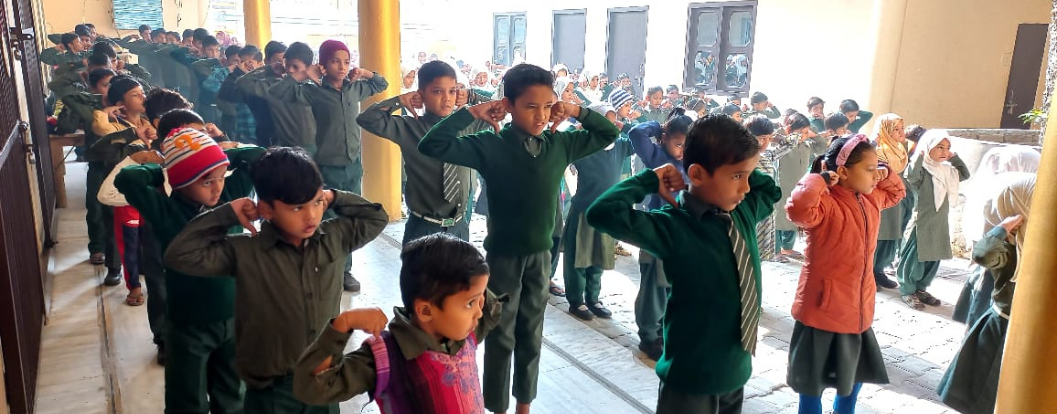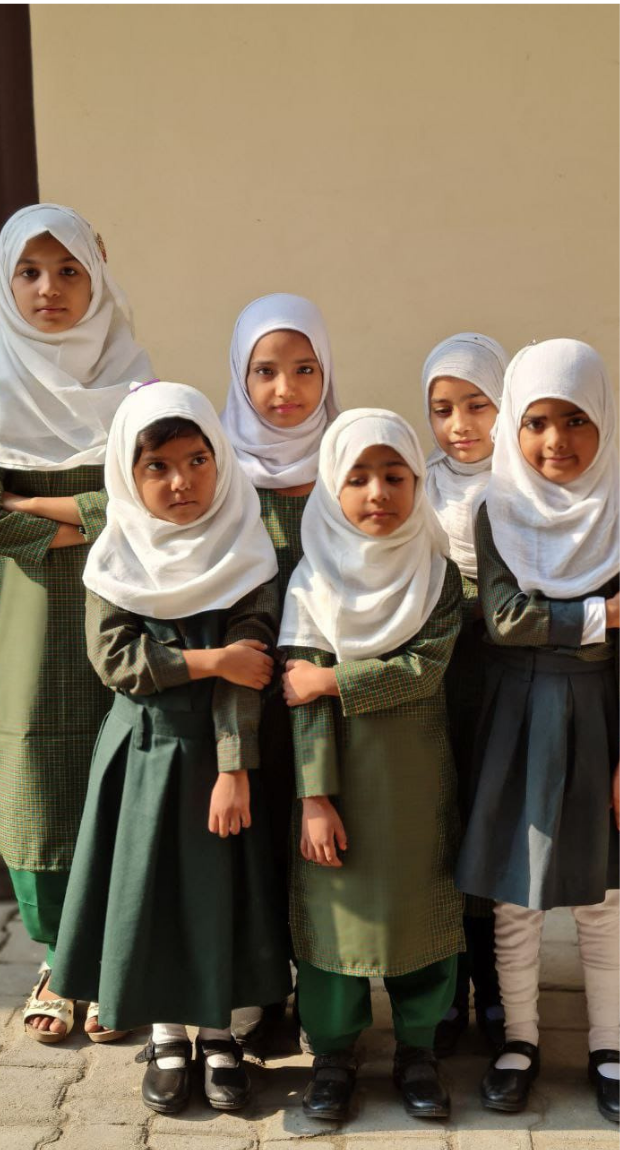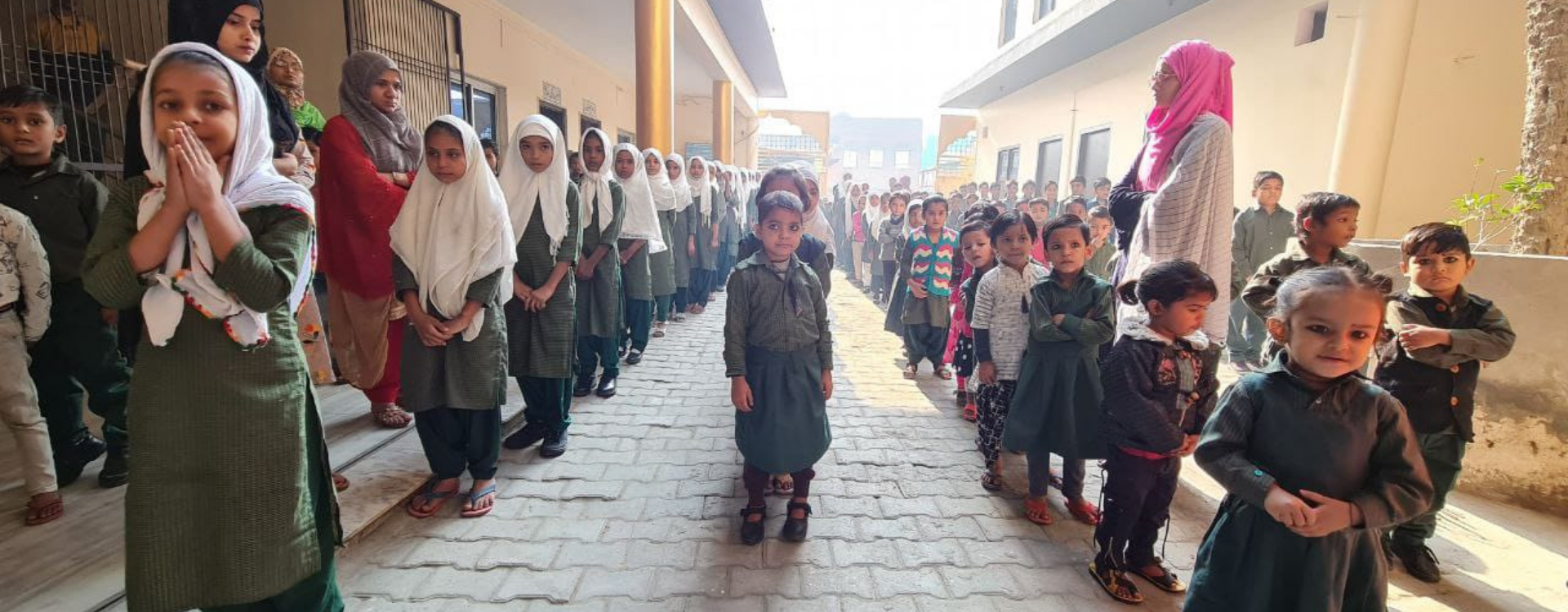Counter
Talk about Right to Education

The Right to Education Act of 2009, which is also known as the RTE Act 2009, was passed by the Parliament of India on 4 August 2009. The Act describes the significance of free and compulsory education for children aged between 6-14 years in the country under Article 21 of the Constitution of India. This Act casts a legal obligation on the state as well as the central governments to implement the children’s right to education.
Significance of Right to Education
Minority
Education
Statistics in India
More than half of the Indian children attend primary school but only a few of them end up reaching higher secondary school. According to the most recent report, the learning levels in Government-run primary schools are alarmingly low as more than half of the children drop out after a few years of elementary education. As per the Census Report 2001, the percentages of the minority population, that is Muslims, Christians, Sikhs, Buddhists and Zoroastrians (Parsis) and their literacy rates are, as under:
| Communities | Percentage of population | Percentage of literacy |
|---|---|---|
| Muslims | 12.4 | 59.1 |
| Chritians | 2.3 | 80.3 |
| Sikhs | 1.9 | 69.4 |
| Buddhists | 0.8 | 72.7 |
| Zoroastrians(Parsis) | 0.007 | 97.9 |

Amina Advantage

According to the report conducted by the National Council for Protection of Child Rights (NCPCR), only 8% of a total 4, 81,91,351 children belonging to minority communities, aged between 5 and 15, attend schools for minority communities.
Amina Minority’s main area of expertise lies in delivering education and academic support to weaker students and to the minority section of the society. Thus Amina Minority takes a holistic approach by creating a school-like environment, infrastructure, emotional wellbeing, extracurricular activities and sports for encouraging the weaker section of society to enjoy their “Right to Education”.
How can people be a part to help in the cause?
- Donation
- Volunteer
- Spread awareness about Amina Minority
We at Amina Minority appreciate all the people like you, who are regularly donating for child education and working for the betterment of the children

